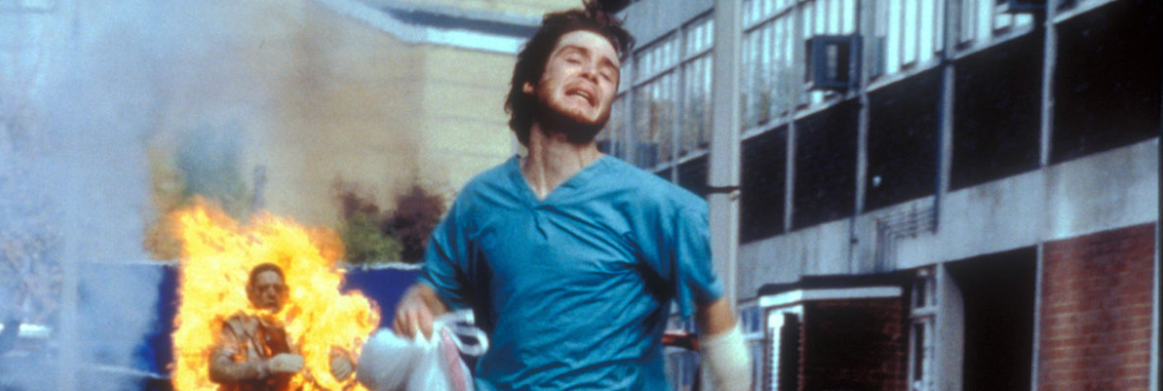I don’t tackle TV much these days, but attention should be directed towards Philip Barantini’s “Adolescence” which has been earning raves from audiences and critics. The four-episode mini-series tackles a 13-year-old boy who is accused of the murder of a classmate. The ambiguous story delves deep into the crime, the boy’s family, his therapist and the detective in charge. Oh, and each episode was shot as one long continuous take. It’s ambitious stuff, but you’re consistently glued to your seat.
A long take (or oner) is a single shot filmed without any cuts or edits for a prolonged period of time. It allows the camera to capture an extended scene, often creating a sense of real-time continuity. Although not extremely uncommon, the long take is enough of a rarity to warrant recognition (if done right). Regardless, it’s a challenge to pull any of these off due to the level of coordination, precision, and timing required from the actors, camera operators, and the entire crew.
Robert Altman's “The Player” has an opening shot that took over 15 takes to perfect; the resulting scene lasted nearly 8 minutes. His brilliant use of analog dialogue smoothly tracks the scenery, allowing the storylines to unfold on top of each other.
Orson Welles' "Touch Of Evil" opens with a three-minute, twenty-second tracking shot. On the U.S.-Mexico border, a man plants a time bomb in a car. A man and a woman enter the vehicle and make a slow journey through the town to the U.S. border. Newlyweds Miguel Vargas (Charles Heston) and Susie (Janet Leigh) pass the car several times on foot. The car passes the border and then explodes on site.
If “Touch of Evil” is the grandfather of long takes, then Martin Scorsese’s “Goodfellas” represents its evolution. The iconic 3-minute scene where Ray Liotta escorts Lorraine Bracco into the Copacabana club pulls the audience deeper into the world of organized crime. At the time, this was the longest scene shot on Steadicam. Filmed over eight takes, Scorsese had no choice but to shoot this way, as the club refused to let the crew enter through the usual route. The result was movie history.
In recognition of “Adolescence,” and all of the examples cited, IndieWire has decided to name the 10 best long takes in cinema, and the list is pretty good, you get most of the iconic ones included on here. There’s Scorsese, Welles, Altman, and more.
“Rope” (Hitchcock) — Any scene.
“Touch of Evil” (Welles) — Bomb in the Trunk
“I Am Cuba” (Kalatozov) — Funeral Scene
“Goodfellas” (Scorsese) — Copacabana
“The Player” (Altman) — Opening Shot
“Hard-Boiled” (Woo) — Hospital Shootout
“Russian Ark” (Sokurov) — Any scene.
“Old Boy” (Park) — Hallway Hammer Fight
“Children of Men” (Cuaron) — Car Attack
“Atonement” (Wright) — Beach Scene
What’s missing? “Creed” has a phenomenal oner. The climactic scene of “True Detective” S01E04 is breathless in its frenzy. “Magnolia” and “Boogie Nights” have a few bangers as well, stemming from an era when PTA was proudly showcasing his Scorsese and Altman influences. Wright’s “Hannah” has a dazzling subway fight. How about the first nine minutes of De Palma’s “Snake Eyes”? Godard’s “Weekend” has quite the chaotic eight-minute tracking shot alongside a traffic jam. I also love the penultimate seven-minute shot in Antonioni’s “The Passenger,” which wondrously, and ever so patiently, moves from interior to exterior.
Rarely do you have a film that’s shot entirely in one long continuous take. “Victoria” (2015), “Russian Ark,” and “Rope” immediately spring to mind. Whereas some films are edited to appear as one-shot, “1917” and “Birdman” are the most blatant examples.




